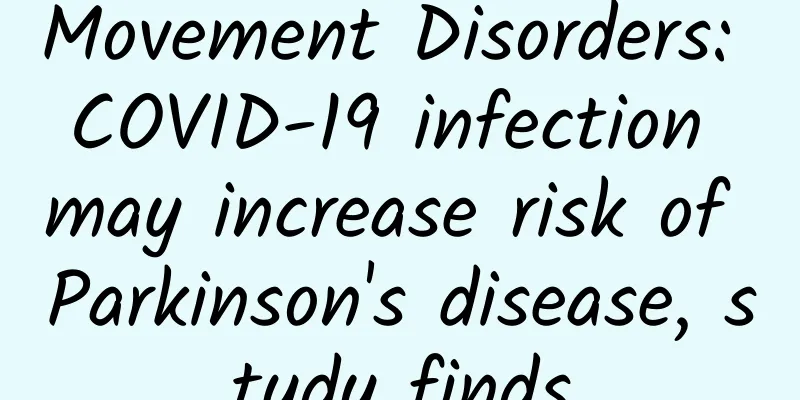Where will the future of antibiotic research and development go? Are actinomycetes still a treasure trove for antibiotic screening?

|
Antibiotics were first called antimicrobials, which can inhibit or kill a variety of microorganisms such as bacteria, molds, rickettsia, spirochetes, mycoplasmas, and chlamydia. Today, in addition to killing (or inhibiting) bacteria and anti-tumor, antibiotics also involve eliminating inflammation, relieving pain, and inhibiting enzyme activity. Since the first clinical antibiotic (penicillin) was put into practice in 1943, thousands of antibiotics have been discovered, and there are still hundreds of antibiotics used in clinical practice, which have saved countless lives together. Antibiotics come from a wide range of sources. Microorganisms and higher plants and animals produce secondary metabolites during their life processes, many of which have the ability to interfere with the growth and reproduction of other cells. Actinomycetes, as the largest group of known antibiotic-producing microorganisms, have attracted much attention and favor from researchers. You should know that more than two-thirds of the antibiotics currently used in clinical practice and agriculture and animal husbandry are produced by them. There are even scientists who won the Nobel Prize for discovering and synthesizing streptomycin, which can be used to treat tuberculosis, in actinomycetes (American scientist Waksman in 1952). It can be said that they were inspired by actinomycetes. Soil has always been regarded as the base camp of microorganisms and an ideal place to screen natural antibiotics. During World War II, Australian scholar Walter Florey specially commissioned Allied pilots to collect soil from foreign countries when they were on missions. He isolated a high-yield penicillin strain from the soil samples brought back by the pilots, which played a huge role in promoting its industrialization process. So far, tens of thousands of active natural substances have been identified from terrestrial microorganisms (about 40% of which are from actinomycetes). Therefore, screening antibiotics from the metabolites of soil actinomycetes has always been a tradition and preference of researchers. With the emergence and rapid development of genome sequencing technology, antimicrobial target identification has received increasing attention and has become a commanding height that countries are trying to seize. The frequency of antibiotic discovery is expected to increase, and many commercial companies have invested heavily in related research and development. However, as time goes by, high-throughput sequencing screening has been proven not to be a good way to discover new antibiotics, and researchers have been forced to return to the old path of natural actinomycete screening and mutagenesis breeding. At present, the situation of antibiotic research and development is not optimistic. On the one hand, the rate of discovery of new varieties is slowing down (after all, the development of terrestrial microbial resources has been going on for a long time), and the input-output ratio is declining. In recent years, more than 90% of the active substances screened have been proven to have been studied and identified. On the other hand, with the continuous enhancement of the adaptability (or tolerance) of pathogenic microorganisms, the problem of drug resistance is becoming increasingly prominent. In view of this, researchers racked their brains and various strategies emerged. Among them, expanding the screening range is the most cost-effective. Taking actinomycetes as an example, researchers expanded their screening range to various extreme environments, such as deserts, oceans and saline-alkali lands, and achieved good results. Dong Yanping and others from the School of Life Sciences and Technology of China Pharmaceutical University conducted microbial separation on 17 soil samples from the southern foot of the Taklimakan Desert in 2012, from which 368 strains of actinomycetes were obtained. Among them, Streptomyces and Nocardia were the dominant genera, and a total of 62 strains of actinomycetes had antibacterial activity. The ocean is recognized as a treasure trove, carrying many dreams and undertaking many tasks. Currently, more and more drug screening work is turning to the ocean, and obtaining resources from the ocean has become normalized. The marine environment has the characteristics of low nutrition, low temperature, high pressure, and high salt. The microorganisms living in this special environment have completely different metabolic pathways from terrestrial microorganisms, and their products are also rich and diverse. In 1991, Fenical et al. isolated and obtained the first actinomycetes in the world that require salt for growth, and classified them into the genus Salinispora, and the isolation matrix was sea mud. With the deepening of research, people found that this genus of actinomycetes has specific biological activity and can synthesize a series of novel compounds with anti-cancer activity. So far, thousands of strains of this genus of actinomycetes have been isolated, and common species include Salinispora tropica, S. arenicola and S. pacifica. Various complex and extreme environments are where people's hope lies in their search for new antibiotics. Marine microorganisms will replace terrestrial microorganisms as the main source of new bioactive substances and antibiotics, and actinomycetes have never been relieved of their responsibilities. This was the case in the past, is the case now, and will remain the case in the future. |
Recommend
How to choose a company that specializes in Baidu Encyclopedia?
Nowadays, there are more and more companies that ...
B station marketing promotion rules
After manually restoring the Sanxingdui golden ma...
After the WeChat bug, did WeChat Work crash again? Tencent apologized: It has been fixed
[[377009]] There was a bug in WeChat yesterday an...
Product traffic operation strategy!
Product traffic generation is always the most imp...
How to do Christmas marketing? Here are 3 ways and 10 cases
The afterglow of “Double Twelve” has not yet fade...
Strong winds break records, hail covers the ground! This year's most intense severe convective weather is coming, how to prevent it
Starting from yesterday afternoon (April 11), due...
How Brand Blue V Operates Bilibili from Mixue Bingcheng
"You love me, I love you, Mixue Ice City is ...
How do lifestyle apps make money? Duitang, RiRiZhu, and Oxygen have something to say
Share a private recipe, help people choose a suit...
Byton obtained the qualification to manufacture cars for 1 yuan, but it is still unknown whether it can deliver new cars on time next year
Recently, Byton purchased 100% of the shares of T...
WIFI transmission
Source code introduction: Similar to the WIFI tra...
Please note when you see this: Don’t cross your legs!
In the previous article when I was explaining cer...
#千万IP创科普# During the National Day holiday, please keep this highway driving safety guide
During the National Day holiday, free passage wil...
52 years later, Dongfanghong-1 is still flying in the sky? !
This article was reviewed by Liu Yan, Space Appli...
An unspeakable question: Why does my poop always float?
After releasing yourself in the bathroom, do you ...









